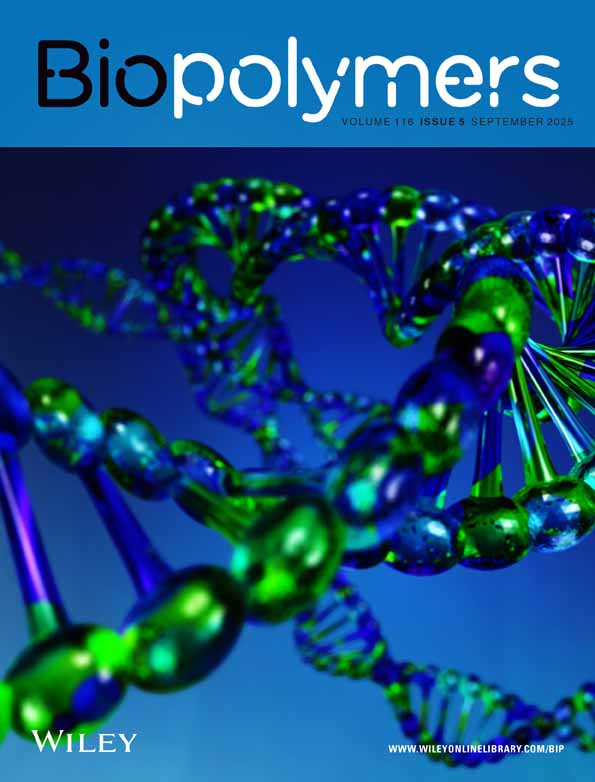Conformational constraints of amino acid side chains in α-helices
Abstract
The conformational freedom of amino acid side chains is strongly reduced when the side chains occur on an α-helix. A quantitative evaluation of this freedom has been carried out by means of conformational energy computations for all naturally occurring amino acids and for α-aminobutyric acid when they are placed in the middle of a right-handed poly(L-alanine) α-helix. One of the three possible rotameric states for rotation around the Cα Cβ bond (viz. g+) is excluded completely on the helix because of steric hindrance, and the relative populations of the other two rotamers (t and g−) are altered because of steric interactions and the reduction of hydrogen-bonding possibilities. The computed tendencies of the changes in distributions of rotamers, on going from an ensemble of all backbone conformations to the α-helix, agree with the observed tendencies in proteins. Minimum-energy side-chain conformations in an α-helix have been tabulated for use in conformational energy computations on polypeptides.




